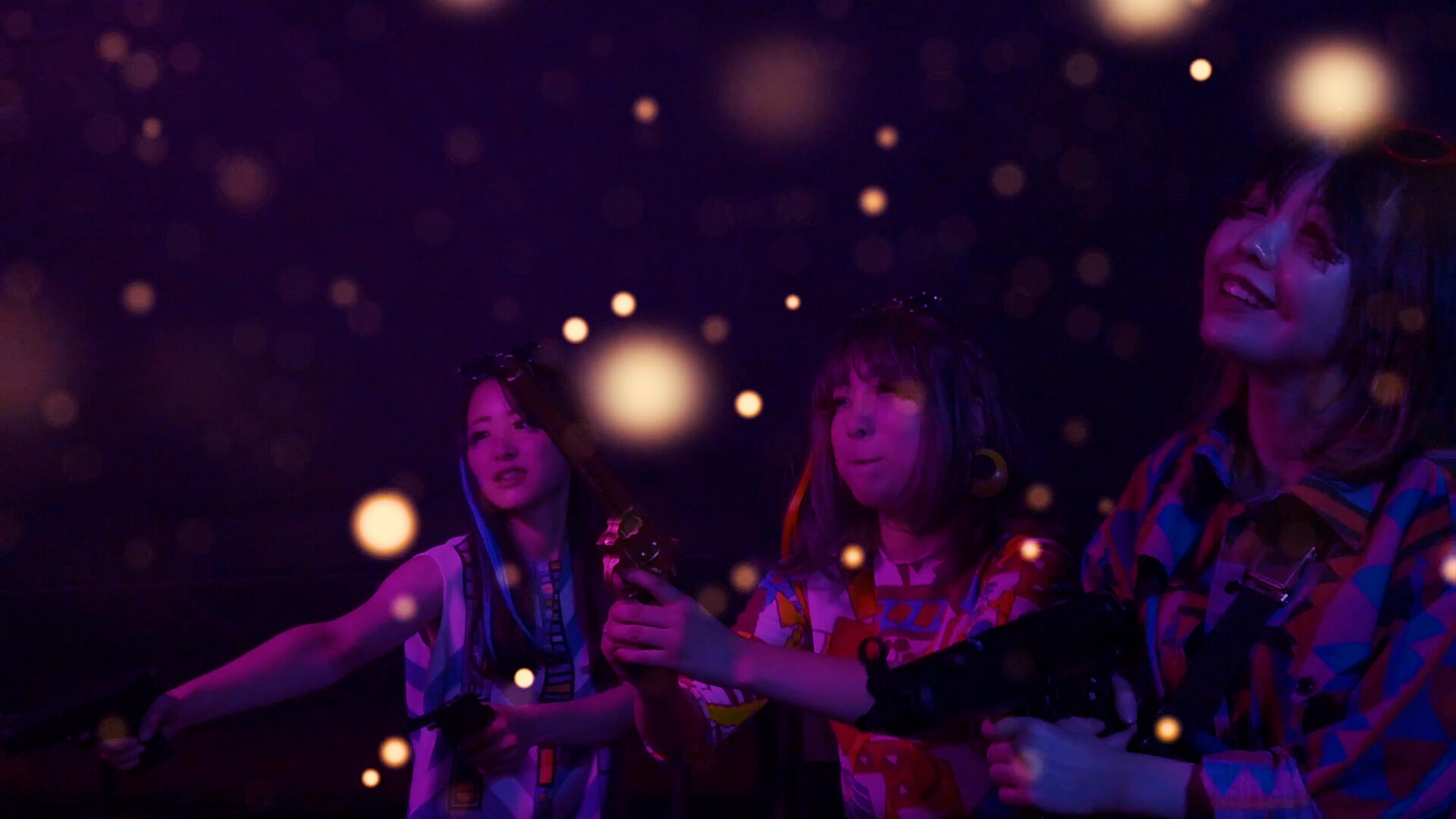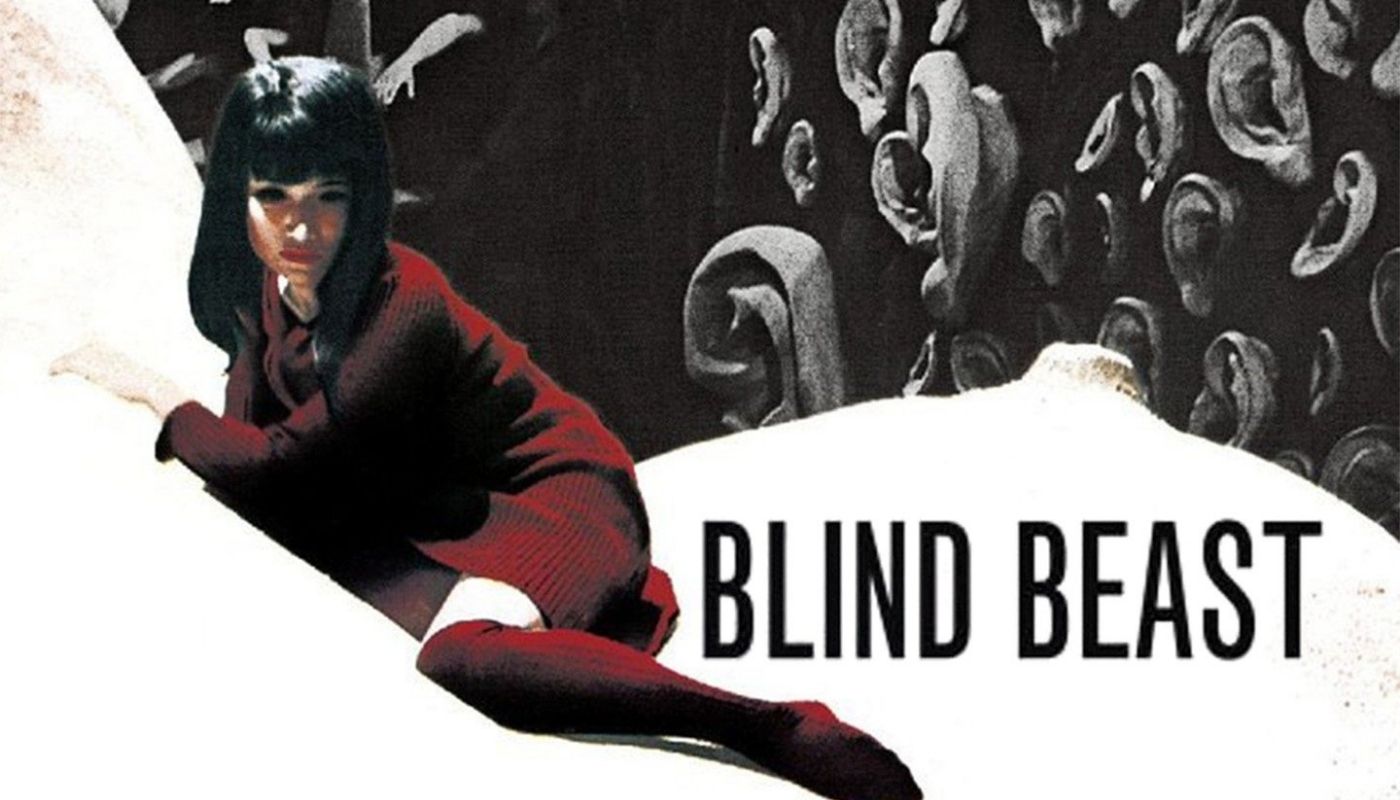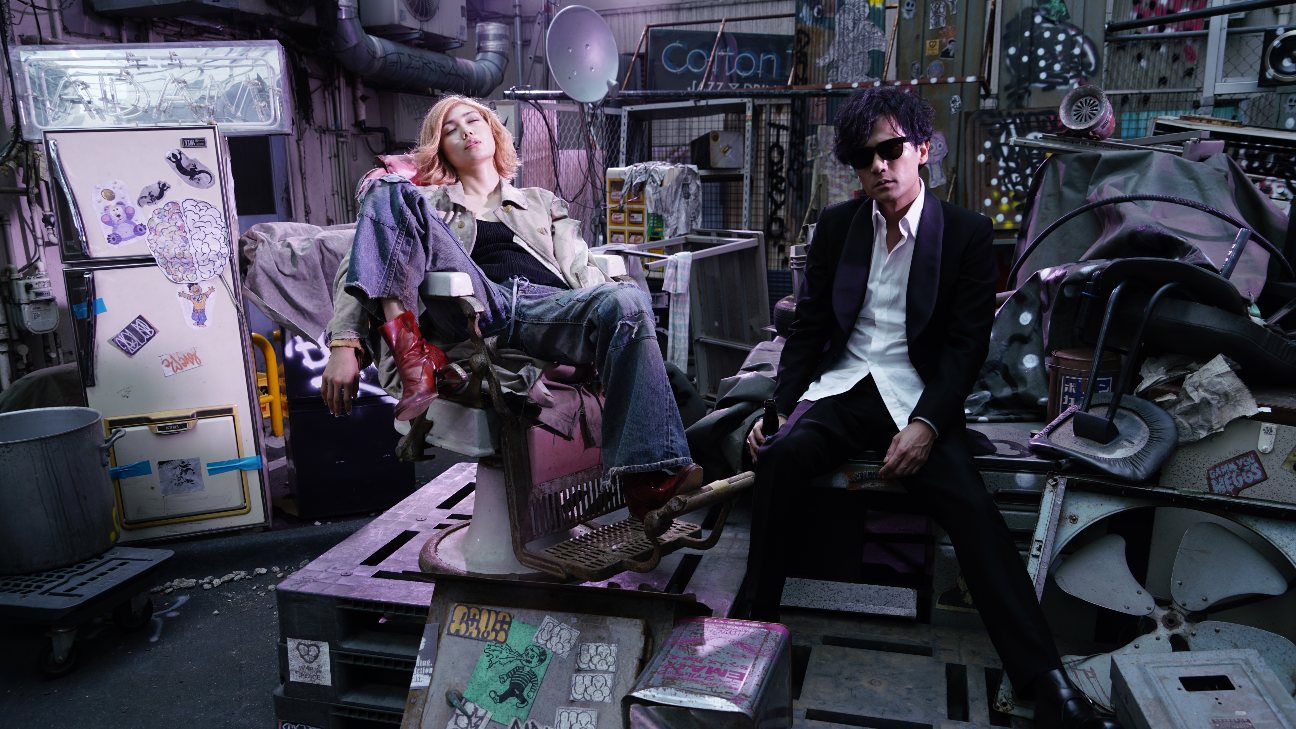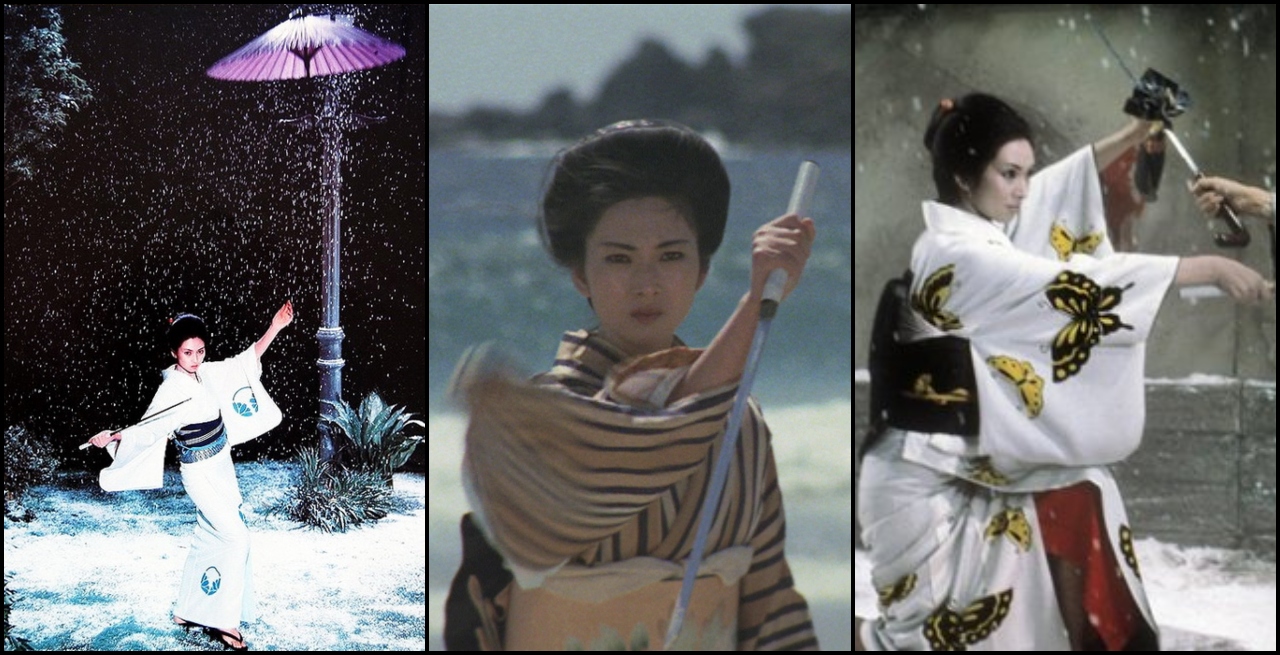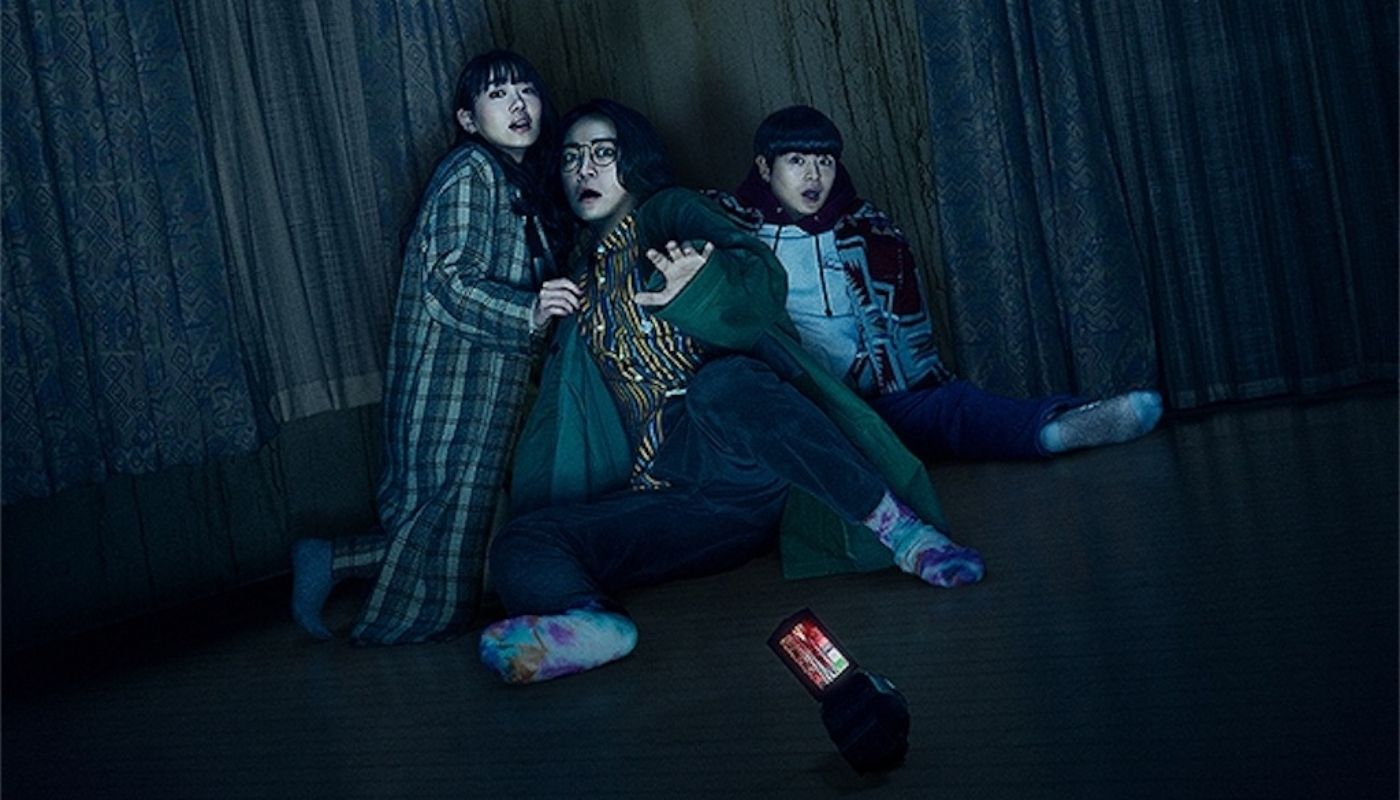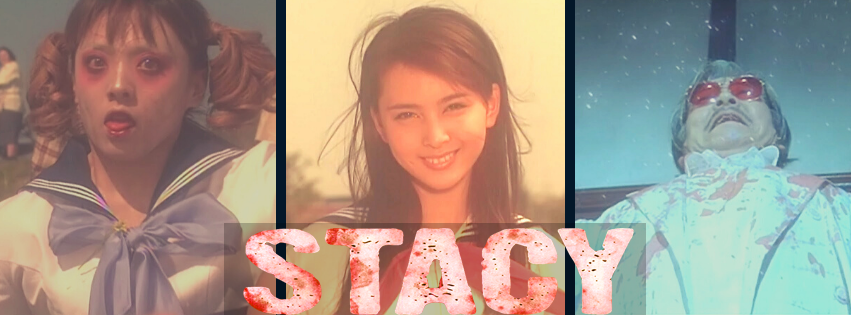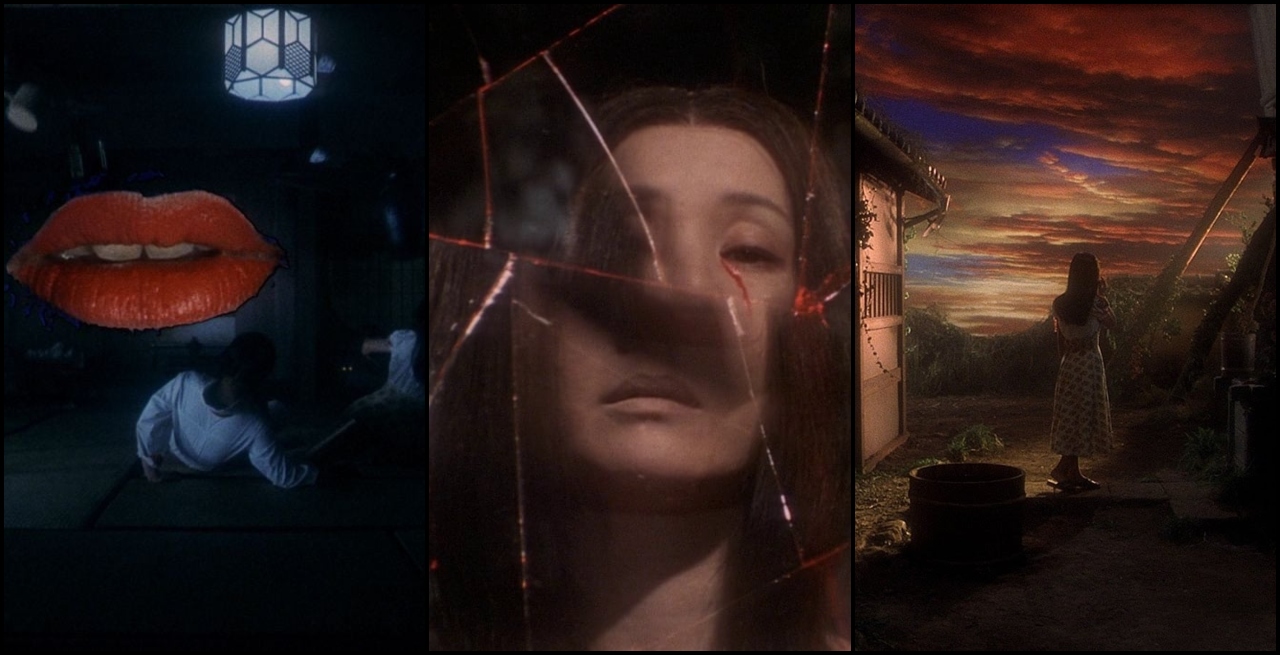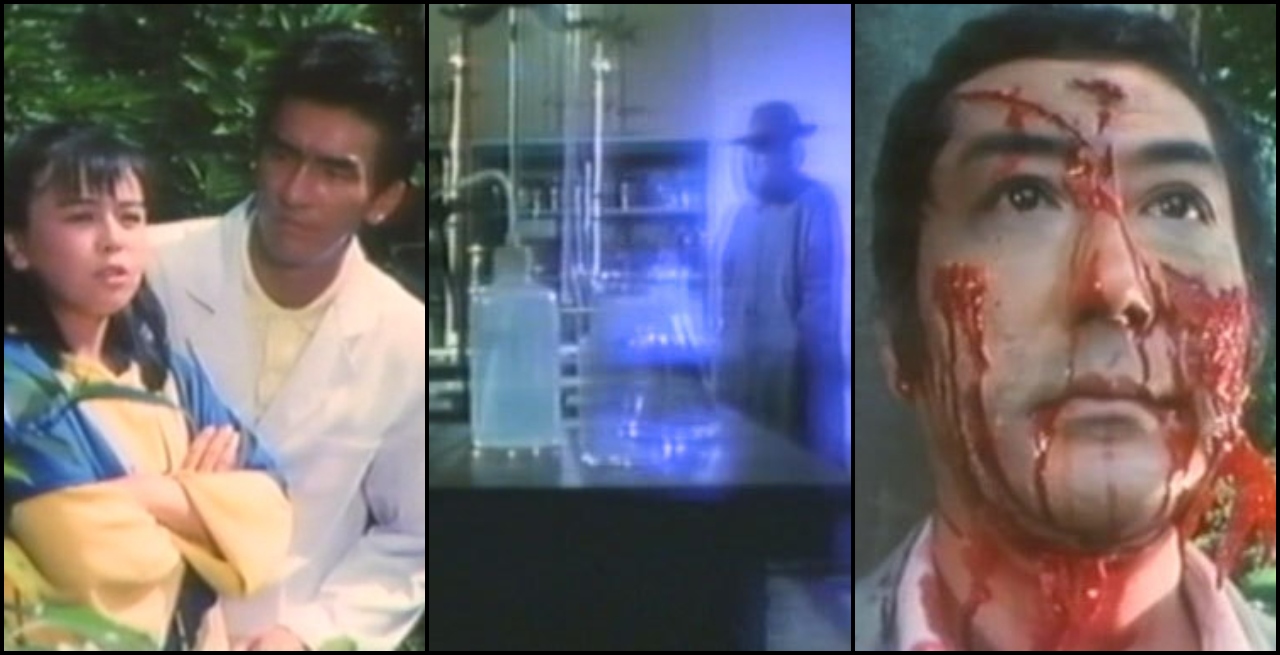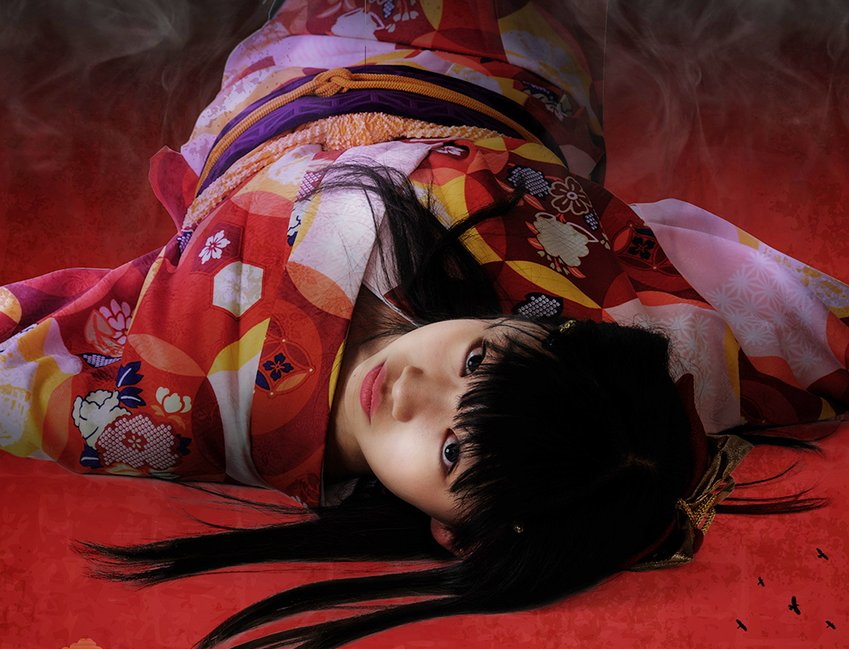
Fans of serialized tokusatsu shows or classic anime OVAs from the 80s and 90s will find themselves right at home checking out this entry at the 2021 Japan-Filmfest Hamburg (JFFH). The story follows the adorable but cold Kirin, a girl who travels across Japan seeking other yokai that have become overwhelmed with evil intentions so
